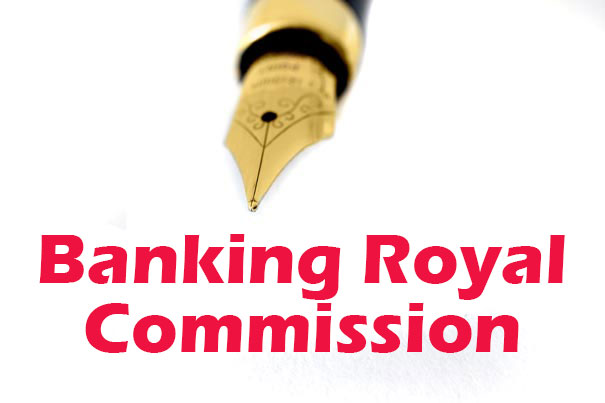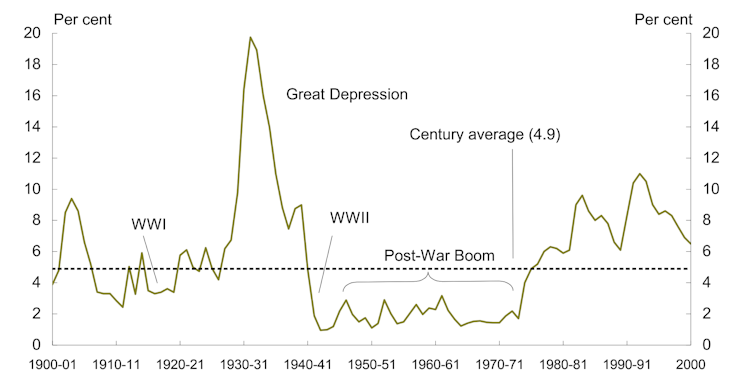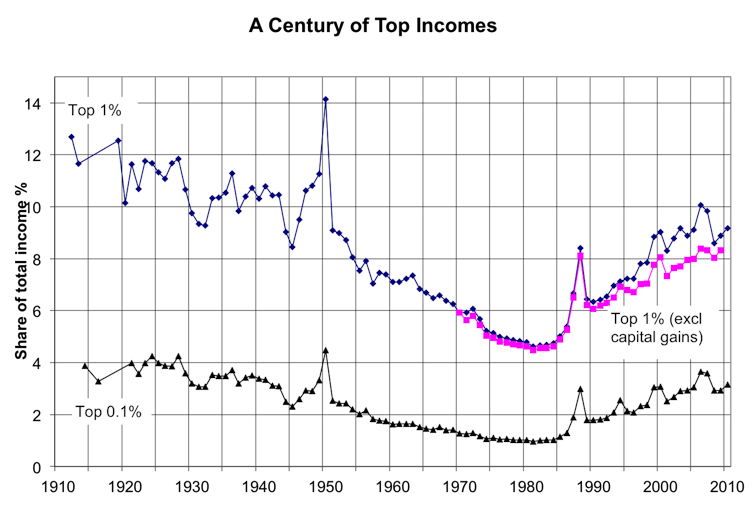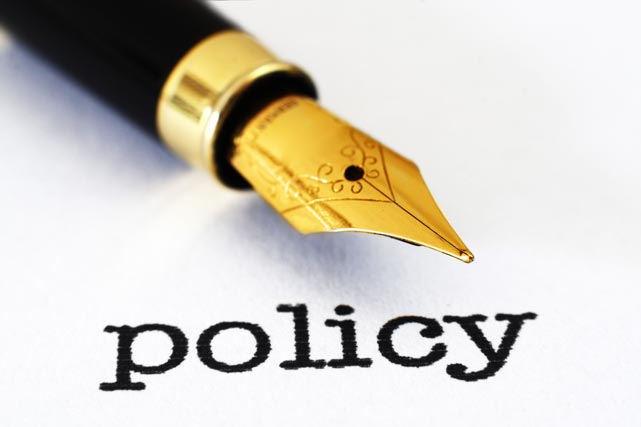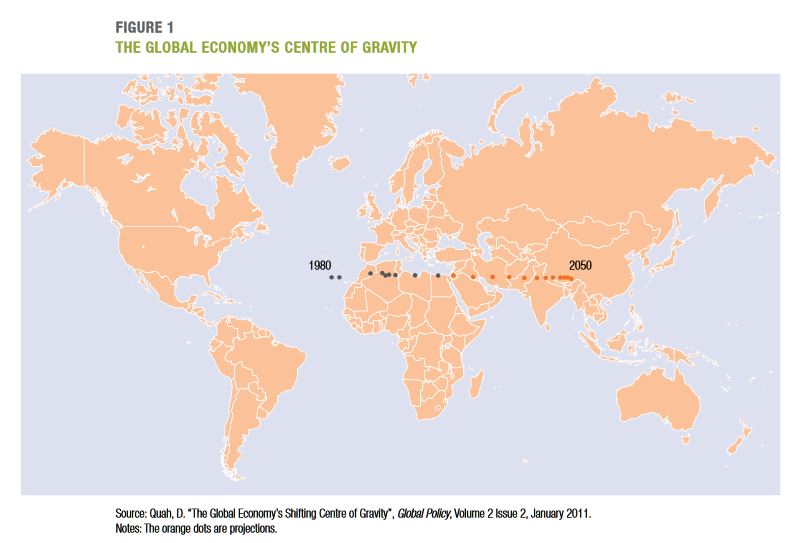The major Australian banks are following familiar public relations tactics in requesting a parliamentary commission of inquiry into banking and financial services.
When the public mood is against an industry, it will try to win the public over, while getting the politicians to ignore the public mood. If that fails, the industry gradually concedes ground until attention goes elsewhere.
For this reason, the banks went from being steadfastly against a commission, to offering the option of self-regulation, to proposing a new “banking tribunal”, to eventually conceding, after the battle had already been lost, to a parliamentary inquiry.
The big problem for the banks, and a big part of the reason that their previous lobbying failed, is that their popularity with the Australian public is very low. This allowed, or pressured, politicians to call for the commission, and presents significant problems for the banks going forward, especially if they wish to avoid tougher regulation.
The banks capitulated only once it became “all but inevitable” that an inquiry of some sort would be held.
Due to the recent citizenship saga, it was looking likely that a coalition of crossbench, Labor, Greens and some Nationals MPs would pass a bill for a commission of inquiry into the banks and other financial institutions.
Labor had already promised to set up a royal commission into the banking and financial services industry if it won the next election.
Concede ground only when it’s already lost
A royal commission will almost certainly bring many months of bad press for the banks.
As the industry has repeatedly made clear, it never wanted a royal commission. The banks claimed they had corrected the mistakes of the past and that a commission was “unwarranted”.
So the banking industry’s public and private lobbying efforts were geared towards convincing politicians to resist calls for the commission, while trying to boost public opinion by highlighting their corporate social responsibility.
This involved sacking executives over this scandal or that, removing certain ATM fees, and cutting bonuses and director pay.
The banks have also launched advertising campaigns, such as one highlighting that many Australians own bank shares through their superannuation.
Concurrently, the banks hoped that threatening to launch a “mining tax”-style ad campaign might scare politicians away from calling for a commission.
These campaigns have become a common threat since the success of the 2010 mining tax campaign opened corporate Australia’s eyes to the potential effectiveness of advocacy ads.
Tactics similar to those the banks are employing now have been used to varying degrees of success in the United States by the tobacco industry and the gun, finance and healthcare lobbies.
In 1998 the American tobacco industry agreed to make payments of over US$200 billion to dozens of states. But this happened only after decades of public education and campaigning against smoking.
Similarly, the American healthcare lobby successfully fought off several attempts to reform healthcare. Obamacare managed to pass in 2010 only after the industry got to substantively write it.
The public relations game
Appearing to co-operate and atone is the best way to try to influence the terms of an inquiry. It also helps to mitigate the worst of any bad press to come. This reflects a wider, pragmatic strategy of lobbying and public relations employed by the banks and other industries.
The focus for the banks will now shift towards damage control, along with heavy promotion of the banks “doing the right thing” by Australia.
To that end, expect to see even more banners proclaiming a bank’s sponsorship of the local footy team, and ads promoting the good work done in your local community.
These, along with an insistence that the commission is a witch hunt, that its findings are “old news”, that the banks have already taken steps to deal with the issue, will underpin the industry’s public relations battle while the royal commission takes place.
Author: George Rennie, Lecturer in American Politics and Lobbying Strategies, University of Melbourne

